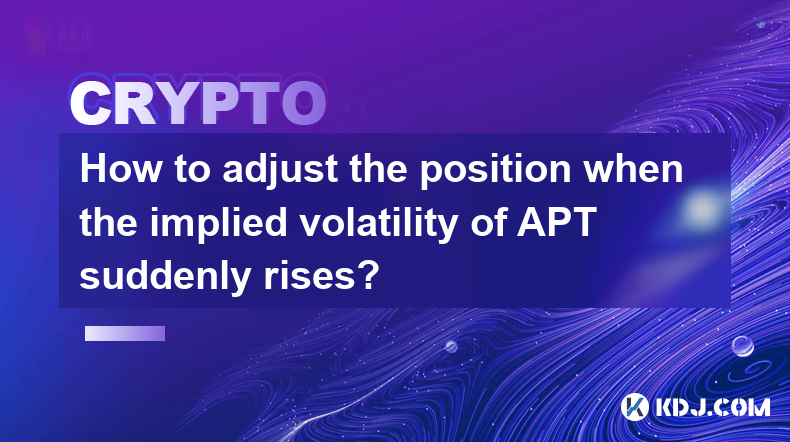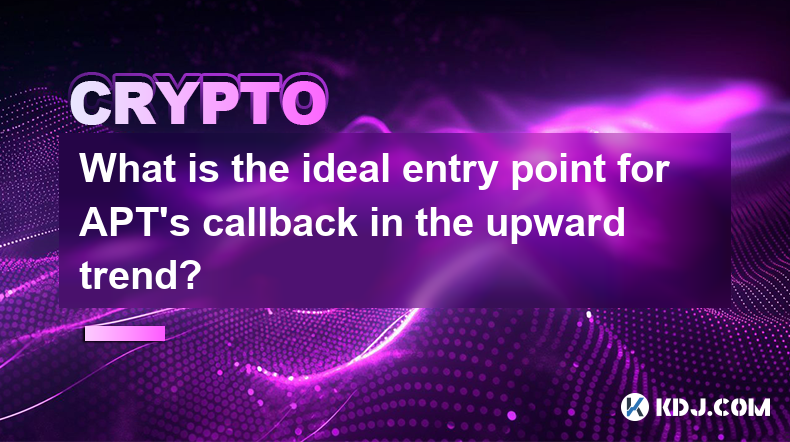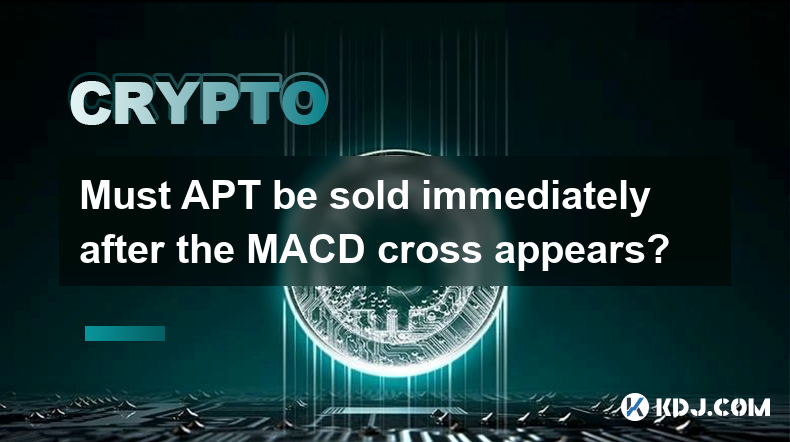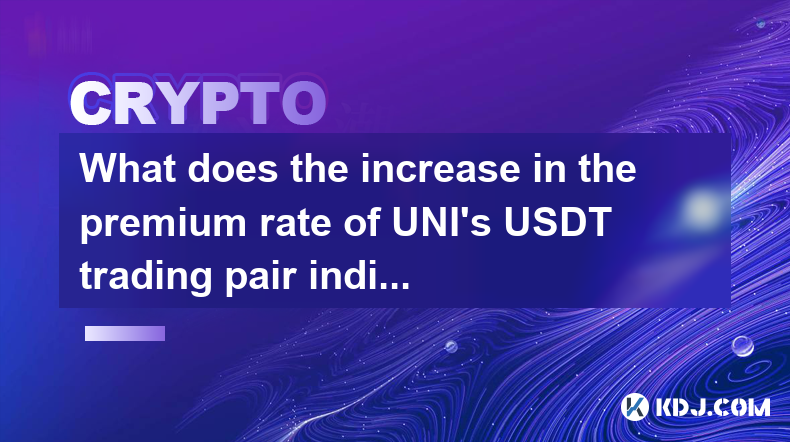-
 Bitcoin
Bitcoin $93,293.1876
1.20% -
 Ethereum
Ethereum $1,770.5946
-0.02% -
 Tether USDt
Tether USDt $1.0003
0.01% -
 XRP
XRP $2.2121
0.10% -
 BNB
BNB $599.9580
-0.69% -
 Solana
Solana $150.7555
0.87% -
 USDC
USDC $1.0001
0.02% -
 Dogecoin
Dogecoin $0.1800
2.03% -
 Cardano
Cardano $0.7351
6.20% -
 TRON
TRON $0.2467
0.88% -
 Sui
Sui $3.2779
12.98% -
 Chainlink
Chainlink $15.0504
2.34% -
 Avalanche
Avalanche $22.5856
2.43% -
 Stellar
Stellar $0.2813
6.32% -
 UNUS SED LEO
UNUS SED LEO $9.2212
1.50% -
 Shiba Inu
Shiba Inu $0.0...01356
2.67% -
 Toncoin
Toncoin $3.1782
3.36% -
 Hedera
Hedera $0.1875
4.87% -
 Bitcoin Cash
Bitcoin Cash $354.4589
-0.18% -
 Polkadot
Polkadot $4.1504
2.78% -
 Litecoin
Litecoin $83.5352
0.98% -
 Hyperliquid
Hyperliquid $18.1763
-0.51% -
 Dai
Dai $1.0000
0.00% -
 Bitget Token
Bitget Token $4.4303
-1.23% -
 Ethena USDe
Ethena USDe $0.9995
0.02% -
 Pi
Pi $0.6554
1.53% -
 Monero
Monero $224.9682
-1.31% -
 Uniswap
Uniswap $5.9098
-0.16% -
 Pepe
Pepe $0.0...08730
0.30% -
 Aptos
Aptos $5.5853
6.35%
How to buy SOL with stablecoins (such as USDC)?
To buy SOL with USDC, choose an exchange like Binance or Coinbase, deposit USDC, trade for SOL, and withdraw to a personal wallet for security.
Apr 20, 2025 at 11:21 pm

Introduction to Buying SOL with Stablecoins
Buying SOL (Solana) with stablecoins like USDC is a straightforward process that can be done on various cryptocurrency exchanges. This method is popular among traders because stablecoins maintain a stable value, typically pegged to a fiat currency like the US dollar, making them a reliable medium for transactions. In this guide, we will walk you through the steps to buy SOL using USDC, ensuring you understand each part of the process.
Choosing the Right Exchange
Before you can buy SOL with USDC, you need to select a suitable exchange that supports both cryptocurrencies. Some popular exchanges that support trading pairs like SOL/USDC include Binance, Coinbase, and FTX. When choosing an exchange, consider factors such as fees, user interface, security features, and the availability of the SOL/USDC trading pair.
- Visit the exchange's website and create an account if you haven't already.
- Complete the necessary KYC (Know Your Customer) verification to comply with regulatory requirements.
- Secure your account with two-factor authentication (2FA) for added security.
Depositing USDC into Your Exchange Account
Once you have chosen and set up your exchange account, the next step is to deposit USDC into your account. Here’s how you can do it:
- Navigate to the deposit section of the exchange.
- Select USDC from the list of available cryptocurrencies.
- You will be provided with a USDC deposit address. Copy this address carefully.
- Use your existing USDC wallet or another exchange to send USDC to this address. Ensure you enter the correct address to avoid losing your funds.
- Wait for the transaction to be confirmed on the blockchain. This may take a few minutes to an hour, depending on the network congestion.
Trading USDC for SOL
With USDC in your exchange account, you can now trade it for SOL. Follow these steps:
- Go to the trading section of the exchange.
- Select the SOL/USDC trading pair.
- Enter the amount of USDC you wish to trade for SOL.
- Review the order details, including the current market price and the amount of SOL you will receive.
- Place the order. You can choose between a market order, which executes immediately at the current market price, or a limit order, which executes only if the price reaches your specified level.
- Once the order is filled, the SOL will be credited to your exchange wallet.
Withdrawing SOL to a Personal Wallet
After purchasing SOL, it's often recommended to transfer it to a personal wallet for added security. Here’s how to do that:
- Navigate to the withdrawal section of the exchange.
- Select SOL from the list of available cryptocurrencies.
- You will be provided with a withdrawal address field. Enter the address of your personal SOL wallet carefully.
- Enter the amount of SOL you wish to withdraw.
- Review the withdrawal details, including any fees associated with the transaction.
- Confirm the withdrawal. The SOL will be sent to your personal wallet, and the transaction will be processed on the blockchain.
Monitoring Your Transaction and Fees
It’s important to keep an eye on your transactions and understand the fees involved. Transaction fees can vary depending on the exchange and the blockchain network's congestion. Most exchanges provide a fee calculator or display fees at the time of transaction.
- Monitor the transaction status on the exchange and on a blockchain explorer to ensure it is processed successfully.
- Keep track of any fees deducted from your USDC or SOL during the deposit, trade, and withdrawal processes.
Frequently Asked Questions
Q: Can I use other stablecoins besides USDC to buy SOL?
A: Yes, many exchanges support other stablecoins like USDT (Tether) and DAI for trading SOL. The process is similar to using USDC, but you need to ensure the exchange supports the specific stablecoin you wish to use.
Q: Are there any risks involved in trading stablecoins for SOL?
A: Yes, like any cryptocurrency transaction, there are risks such as price volatility, exchange hacks, and transaction errors. Always use reputable exchanges and secure your personal wallets with strong passwords and 2FA.
Q: How long does it take to buy SOL with USDC?
A: The time can vary depending on the speed of the blockchain and the exchange's processing times. Generally, depositing USDC and trading it for SOL can be done within minutes, but withdrawing SOL to a personal wallet might take longer due to blockchain confirmation times.
Q: Can I automate the process of buying SOL with USDC?
A: Some exchanges offer API access and trading bots that can automate the process of trading stablecoins for other cryptocurrencies like SOL. However, using such tools requires a good understanding of trading and programming.
Disclaimer:info@kdj.com
The information provided is not trading advice. kdj.com does not assume any responsibility for any investments made based on the information provided in this article. Cryptocurrencies are highly volatile and it is highly recommended that you invest with caution after thorough research!
If you believe that the content used on this website infringes your copyright, please contact us immediately (info@kdj.com) and we will delete it promptly.
- Dubai's VARA and DLD Issue Warning Against False Claims Related to the DLD Real Estate Tokenization Project
- 2025-04-24 23:20:12
- Michael Saylor Did Not Post a Forecast or Drop a Chart Breakdown
- 2025-04-24 23:20:12
- As Countless Crypto Projects Awkwardly Pivot to AI, Eric Winer Has Been Building Bridges for Over a Decade
- 2025-04-24 23:15:11
- Coinbase and PayPal Have Deepened Their Partnership
- 2025-04-24 23:15:11
- TRUMP Coin (TRUMP) Surged in U.S. Pre-Market Hours to $14.69 After the President Announced Plans to Host Two Special Events
- 2025-04-24 23:10:12
- Ruvi AI: The Next Solana? Combining Blockchain with AI to Create a New Market
- 2025-04-24 23:10:12
Related knowledge

How to adjust the position when the implied volatility of APT suddenly rises?
Apr 24,2025 at 09:42pm
When the implied volatility of APT suddenly rises, it can significantly impact your trading positions. Adjusting your positions effectively requires a thorough understanding of the situation and a strategic approach. In this article, we will explore how to manage your positions when the implied volatility of APT increases unexpectedly. Understanding Imp...

Does the increase in net outflow of APT exchanges represent bullishness?
Apr 24,2025 at 06:57pm
The concept of net outflow of APT (Aptos) from exchanges and its potential correlation with bullish sentiment is a topic of interest within the cryptocurrency community. The net outflow refers to the volume of APT tokens being withdrawn from cryptocurrency exchanges, which can be interpreted as a signal of investor behavior and market sentiment. This ar...

What is the ideal entry point for APT's callback in the upward trend?
Apr 24,2025 at 11:50pm
In the world of cryptocurrency trading, identifying the ideal entry point for a token's callback in an upward trend is crucial for maximizing profits and minimizing risks. APT, or Aptos, is a relatively new player in the crypto market, and understanding its price movements and potential entry points can be challenging. This article delves into the facto...

Must APT be sold immediately after the MACD cross appears?
Apr 24,2025 at 07:43pm
The question of whether APT (Aptos) should be sold immediately after a MACD (Moving Average Convergence Divergence) cross appears is a common one among traders. The MACD is a popular technical indicator used to identify potential buy and sell signals in the cryptocurrency market. However, the decision to sell APT immediately after a MACD cross is not st...

What does the increase in the premium rate of UNI's USDT trading pair indicate?
Apr 24,2025 at 09:21pm
The increase in the premium rate of UNI's USDT trading pair is a significant indicator within the cryptocurrency market, reflecting various dynamics and sentiments among traders and investors. This phenomenon can provide insights into the perceived value, demand, and market conditions surrounding Uniswap's native token, UNI. In this article, we will exp...

What impact will large-scale on-chain transfers of UNI have on prices?
Apr 24,2025 at 09:56pm
Large-scale on-chain transfers of UNI, the governance token of the Uniswap decentralized exchange, can have significant impacts on its price. These impacts can be multifaceted, influenced by various factors such as market sentiment, liquidity, and the intent behind the transfers. This article will delve into the different ways in which large-scale on-ch...

How to adjust the position when the implied volatility of APT suddenly rises?
Apr 24,2025 at 09:42pm
When the implied volatility of APT suddenly rises, it can significantly impact your trading positions. Adjusting your positions effectively requires a thorough understanding of the situation and a strategic approach. In this article, we will explore how to manage your positions when the implied volatility of APT increases unexpectedly. Understanding Imp...

Does the increase in net outflow of APT exchanges represent bullishness?
Apr 24,2025 at 06:57pm
The concept of net outflow of APT (Aptos) from exchanges and its potential correlation with bullish sentiment is a topic of interest within the cryptocurrency community. The net outflow refers to the volume of APT tokens being withdrawn from cryptocurrency exchanges, which can be interpreted as a signal of investor behavior and market sentiment. This ar...

What is the ideal entry point for APT's callback in the upward trend?
Apr 24,2025 at 11:50pm
In the world of cryptocurrency trading, identifying the ideal entry point for a token's callback in an upward trend is crucial for maximizing profits and minimizing risks. APT, or Aptos, is a relatively new player in the crypto market, and understanding its price movements and potential entry points can be challenging. This article delves into the facto...

Must APT be sold immediately after the MACD cross appears?
Apr 24,2025 at 07:43pm
The question of whether APT (Aptos) should be sold immediately after a MACD (Moving Average Convergence Divergence) cross appears is a common one among traders. The MACD is a popular technical indicator used to identify potential buy and sell signals in the cryptocurrency market. However, the decision to sell APT immediately after a MACD cross is not st...

What does the increase in the premium rate of UNI's USDT trading pair indicate?
Apr 24,2025 at 09:21pm
The increase in the premium rate of UNI's USDT trading pair is a significant indicator within the cryptocurrency market, reflecting various dynamics and sentiments among traders and investors. This phenomenon can provide insights into the perceived value, demand, and market conditions surrounding Uniswap's native token, UNI. In this article, we will exp...

What impact will large-scale on-chain transfers of UNI have on prices?
Apr 24,2025 at 09:56pm
Large-scale on-chain transfers of UNI, the governance token of the Uniswap decentralized exchange, can have significant impacts on its price. These impacts can be multifaceted, influenced by various factors such as market sentiment, liquidity, and the intent behind the transfers. This article will delve into the different ways in which large-scale on-ch...
See all articles























































































